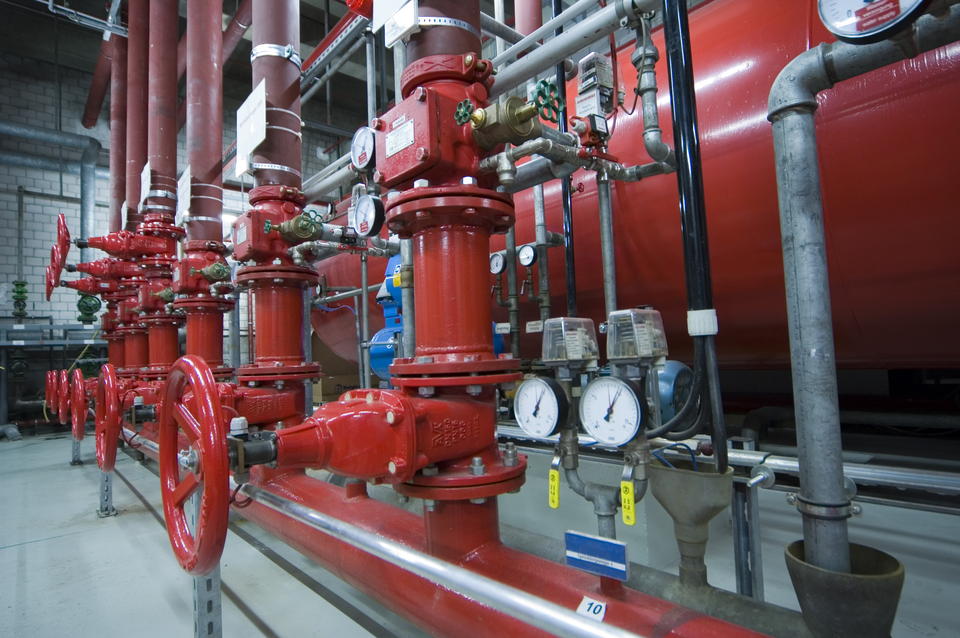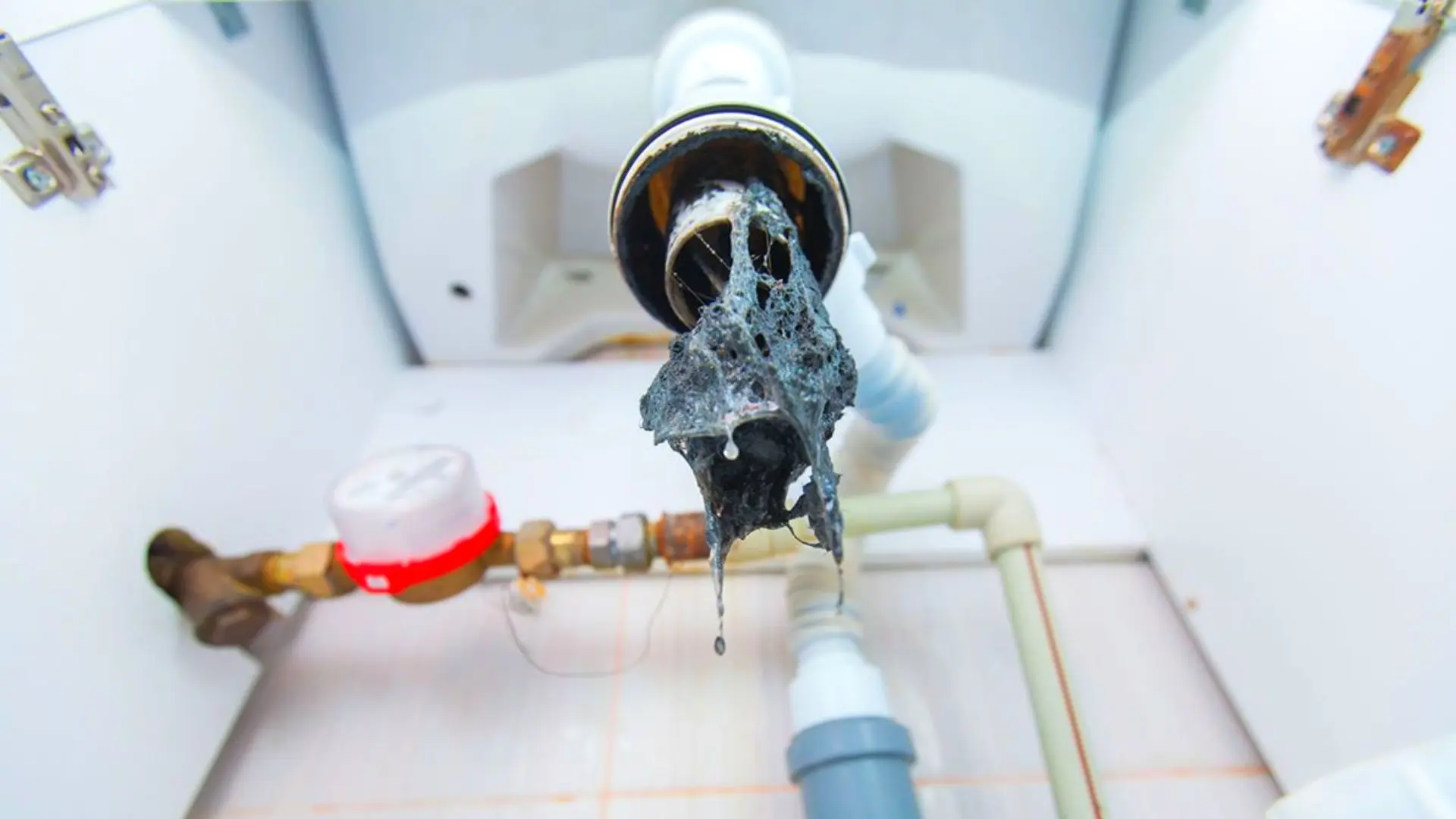Everybody has their personal opinion on the subject of 4 Ways to Troubleshoot Low Water Pressure.

Low tide stress in your home can be an aggravating trouble, impacting whatever from bathing to cleaning recipes. If you're experiencing weak water flow, there are numerous possible causes and options to check out. In this guide, we'll discuss common reasons for low tide pressure and functional steps to address the issue efficiently.
Intro to Low Tide Stress
Low water pressure happens when the circulation of water from your taps, showers, and other fixtures is weak than usual. This can make everyday jobs more challenging and much less effective. Understanding the reasons for low tide pressure is important to locating the right service.
Common Root Causes Of Low Tide Stress
Pipeline Obstructions
With time, pipelines can become blocked with natural resource, debris, or debris, restricting the circulation of water. This is a common concern in older homes with galvanized steel pipelines.
Corrosion
Deterioration within pipes can cause leakages and reduced water stress. Corrosion accumulation can constrict water flow, particularly in aging plumbing systems.
Faulty Pressure Regulators
Stress regulatory authorities are responsible for maintaining consistent water pressure in your home. If they malfunction, it can lead to low tide stress or unequal circulation throughout your house.
Community Supply Of Water Issues
Sometimes, the problem lies outside your home. Community water problems, such as main line leakages or upkeep work, can temporarily decrease water stress in your location.
Just How to Identify Low Tide Pressure
Checking Taps and Fixtures
Start by evaluating the water pressure at various taps and components throughout your home. If the issue is isolated to specific locations, it might indicate localized problems.
Inspecting Pipes
Examine noticeable pipelines for signs of leaks, rust, or clogs. Focus on any kind of uncommon noises, such as knocking or rattling pipelines, which could indicate problems within the plumbing system.
Consulting with a Plumber
If you're unable to identify the cause of low water stress, consider working with an expert plumber to carry out a complete examination. They can recognize underlying problems and suggest appropriate services.
Do It Yourself Solutions to Deal With Low Water Pressure
Cleaning Up Aerators and Showerheads
Natural resources can collect in aerators and showerheads, lowering water circulation. Eliminate and cleanse these elements on a regular basis to enhance water stress.
Flushing Hot Water Heater
Sediment buildup in the hot water heater can restrict circulation and minimize performance. Flushing the tank regularly helps remove debris and keep optimal performance.
Checking Pressure Regulatory Authority
Ensure that the stress regulatory authority is functioning properly. Changing or replacing the regulator can help recover proper water pressure throughout your home.
Clearing Up Clogs in Water Lines
For minor blockages, attempt making use of a plumbing serpent or chemical drain cleaner to clear obstructions in pipes. Be cautious when using chemicals and follow safety and security guidelines.
When to Call a Specialist Plumber
If DIY efforts stop working to deal with the problem or if you presume significant plumbing problems, it's best to seek aid from a certified plumber. They have the know-how and tools to resolve intricate issues securely and properly.
Safety Nets to Preserve Water Stress
Normal Upkeep
Set up routine maintenance for your plumbing system to prevent concerns such as rust, leaks, and obstructions. Dealing with small issues early can aid avoid even more significant repair work later.
Setting Up a Pressure Booster
Consider installing a stress booster pump to enhance water pressure in locations with continually reduced circulation. This can be especially beneficial for multi-story homes or properties with high-demand components.
Monitoring Water Use
Bear in mind water usage practices and stay clear of ill-using the plumbing system. Simple adjustments, such as shocking showers and washing loads, can assist maintain sufficient water stress.
Conclusion
Taking care of low tide stress can be frustrating, but recognizing the underlying causes and carrying out suitable remedies can restore ideal circulation throughout your home. Whether it's cleaning up aerators, evaluating pipelines, or speaking with a plumber, taking aggressive actions can ensure a constant supply of water for your everyday requirements.
HOW TO FIX LOW WATER PRESSURE IN YOUR HOUSE (EXPERT GUIDE)
The morning shower lacking any real pressure? Bathtub taking hours to fill? Or maybe you’re dissatisfied with the inadequate performance from your combi boiler?
Then you, like millions of others across the UK, might be experiencing low water pressure.
Fortunately, the good news is that you don’t have to continue living this way. The cause of low water pressure in the home is often quite simple, and you may not even require a plumber to fix the problem.
What causes low water pressure in the house?
If you are experiencing issues with water pressure throughout your home, then you may have one of the problems outlined below.
Most of these problems can be fixed quite easily, but for others, you may need to contact a plumber.
Obstructed Shutoff Valve
If you’ve just bought a new home or recently had building work conducted on your property, there is a chance that your water valves were not fully opened.
If the water valve is partially closed, then you may be restricting the amount of water entering your home. To fix this, simply ensure the valve is fully open.
If the valve appears fully open but you are still encountering reduced water pressure, then the valve may be broken. If this is the case, do not under any circumstances try to fix it without proper training.
Often found under your kitchen sink, a water valve will usually look like a bright yellow handle.
Again, if you believe the water valve is broken, contact a plumber immediately.
Leaks in Your Water Pipes
Leaks are the worst-case scenario when it comes to low water pressure.
If the water pipes are damaged, then this will cause low water pressure, as not all the water will make it to your taps.
After you’ve checked to see if the valve is fully open, you can conduct a leak check of your home. Now, this may seem scary, but it is actually quite simple.
Clogged Water Pipes
Clogged water pipes are one of the most common causes of low water pressure.
These clogs usually build-up when your home is supplied water via iron pipes. Iron is particularly vulnerable to rusting which can then break off and cause an obstruction within your system. You also face the problem of things like dirt, gravel or sand entering creating mineral deposits which further block water flowing from the mains water supply.
Unfortunately, if you suspect that clogged pipes may be restricting your water supply, then you will need to contact a plumber.
In this situation, you will either need to have your pipes removed and cleaned or in more severe cases, you could require a new set of water pipes.
Designer Taps
Designer taps look fantastic, but are they built to be efficient in your plumbing system? Modern taps are built for modern homes and they often have lower flow rates that are specifically designed for use within high-pressure systems.
Install a Water Pressure Booster Pump
If the issue is simply that the mains water pressure supply is too low, the simplest fix is to invest in a booster pump. Found in homes of all shapes and sizes, booster pumps are a relatively cheap option to add extra pressure to your home.
Designed to increase water pressure by passing water into the pump from your mains supply and then ejecting it into your home water system at a higher pressure, a booster pump is a truly simple and effective solution to increasing water pressure.
https://www.anchorpumps.com/blog/the-plumbers-guide-to-fixing-low-water-pressure/

I'm certainly very serious about and I am hoping you liked the new entry. Sharing is caring. Who knows, you could be helping someone out. Many thanks for your time. Revisit us soon.
Call Today
Comments on “The Definitive Guide to Dealing with Low Water Pressure in Your Home”